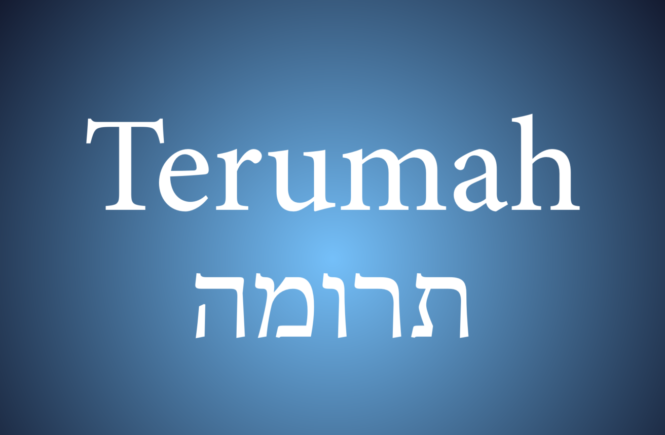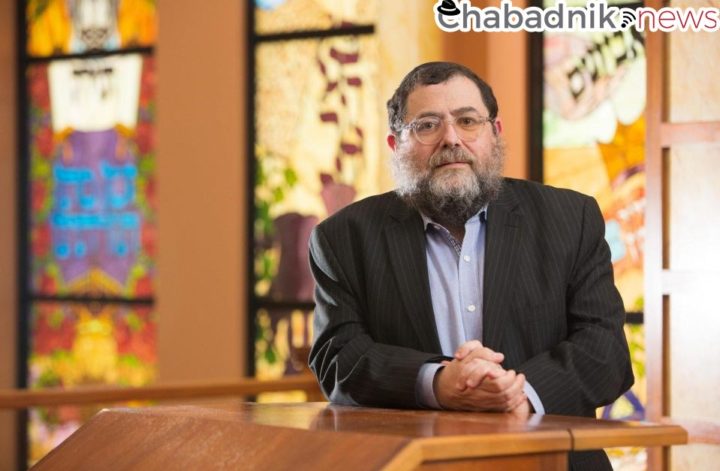One verse, five voices. Edited by Salvador Litvak, Accidental Talmudist
There I will meet with you, and I will impart to you — from above the cover, from between the two cherubim that are on top of the Ark of the Pact — all that I will command you concerning the Israelite
people. -Exodus 25:22
Rabbi Lori Shapiro
Open Temple
These words establish God as our Holy Lover. “There I shall meet you” are the words of a lover’s design. A euphemism for the Hebrew word “to know” — as in, to know in “the biblical Sense.” There — in the Mishkan (the spiritual center of the Israelites) I will meet you / know you / penetrate you / embody your body / find kinyan (union) within you / me.” But is there a there?
The “there” is only a suggested place; a space in between. A space known through the lovers’ intimacy — a hallowed holiness canopied by a holy blanket, enveloped within the vessel of the ark, a cavernous space where we shall merge, between the love making of angels. It is only in this space in between that we will understand the imperative coiled within the concept of commandedness.
To be commanded is to receive the rush of life that flows through us to create, to “act in my image, as a holy vessel of my life force flowing through you.” Indeed, Judaism is carnal, and elevates this carnality into the high and haughty realm of the Divine and Natural Law. God whispers in our ears for all to hear within the Holy of Holies, “Create with Me.”
Rabbi Zvi Dershowitz
Rabbi Emeritus, Sinai Temple
At first, cherubim contradict the essence of the commandment to refrain from worshipping any graven images. Even today, no photos (images) are allowed in sanctuaries. So why are cherubim explicitly included on the Holy Ark?
Cherubim are merely visible images of divine beings. The first ones (Genesis 3:24) were placed by God at the Garden of Eden’s entrance to, essentially, keep humans from ever returning there. The implication: We humans live in an imperfect world and can never return to Eden’s perfection.
Yet in Terumah, God imparts to us “all that I command you” via Moses “from between the cherubim.”
Why “between the cherubim” if cherubim are visible, physical manifestations, made of “hammered work” (Exodus 25:18)? Are they not forbidden “graven images”? Is all that God commands you articulated between the cherubim because God’s words are emphasized at a permanently closed door to Eden/perfection?
Here’s the takeaway: Even if you think you follow all of God’s mitzvot/commandments, you will not reach the level of perfection you seek.
Learn God’s mitzvot. Work hard! But don’t be discouraged if you don’t reach each of your goals because you will never be able to open the doors to Eden. The cherubim’s wings, which grace the one and only Holy Ark containing God’s mighty words, are there to let you know we are bound by our human limitations even as we listen to “all of God’s commands.”
Rabbi Ari Segal
Head of School, Shalhevet High School
Thoreau wrote, “There is no value in life except what you choose to place upon it.” It is our responsibility to imbue life with meaning. In Jewish thought this means trying to find God everywhere and always. Some may even remember the song many sing as children, “HaShem is here, HaShem is there, HaShem is truly everywhere!”
So, if God, in fact, is everywhere always, it’s strange to see his resting place in the Temple described as a physical space. “There I will meet with you … from between the two cherubim that are on top of the Ark of the Pact …” Is this contrary to our principle of faith that God is omnipresent and always accessible? How can our bond with God be limited to a physical space?
In my view, this verse is not a contradiction, but an acknowledgement of human nature. God is around us 24/7, but we crave definition. It’s easier to connect in places and times that we have consecrated as spiritual. We can pray almost anywhere, but davening in a stairwell feels very different from standing at the Western Wall.
This verse is thus not about God’s limitations but ours. Rather than a cause for shame, however, these limitations become a physical channel through which God calls to us. And if God is willing to dwell in our world, surely we have the capacity to connect with His. God allows His presence to be confined between the cherubim. But we are capable of transcending the cherubim, and finding God all around us, at any time.
Rabbi Marc D. Angel
Director, Institute for Jewish Ideas and Ideals (jewishideas.org)
God could have chosen any place in which to communicate commandments to Moses. Yet, the Torah describes the point of communication as resting between two angelic figures — cherubim — that were placed above the ark. What is the significance of this unique location?
The Torah states that the faces of the cherubim not only had to be directed toward the ark — but toward each other. A rabbinic interpretation teaches: If we are to hear God’s voice, if we are to confront Divinity, we need to face each other. If we are to honor God, we are to honor each other. We need to look into each other’s eyes to see our shared humanity, to deal with each other with compassion and thoughtfulness.
How remarkable that God’s chosen point of communication with Moses and Israel was where angels looked into each other’s faces. Godliness is directly linked to humaneness. God will meet us … where we meet each other, when we meet eye to eye, respectfully, honestly.
The cherubim were not placed atop the ark to please God’s sense of aesthetics. They were placed there as a lucid symbol for human beings. God’s infinite and mysterious voice reaches us when we — like the cherubim — confront each other, face to face, in a spirit of love and holiness.
Miriam Mill-Kreisman
Chassidic wife and mother
Where God chose to communicate with the Jewish people is so telling. The Ark, representing the law, forms the basis of our relationship. However, above that God wants to connect to us with love, symbolized by the innocent passionate embrace of the cherubim.
Today, the Jewish people are dispersed and there is no Beit HaMikdash, no Holy Temple, where God “meets” us. However, when He chose us to be His people, He placed inside us a Godly soul, a piece of God literally, where we can always “meet” Him.
It reminds me of the recent story of Rebbetzin Shachar Banin of Venice. One Yom Kippur, just before Neilah, she was walking to shul and noticed an Israeli backpacker inside her Chabad House on the computer. A picture of the Lubavitcher Rebbe on the front door had the caption “No Jew will be left behind.” The young woman had no idea what day it was. The rebbetzin, in her warm and loving way, greeted the woman and invited her to join in the meal later that day. At this point, the Israeli realized the importance of the day. She hardly kept holidays but something just snapped. The woman’s “yechida” woke up and she burst into tears.
Smiling, Banin said, “This is the perfect day for us to meet.” With a holy force, a directness and a lot of love, the two davened the Neilah prayer together. Today, this Israeli backpacker runs a Chabad House in Israel guiding others to connect to HaShem.



